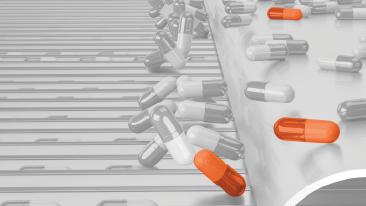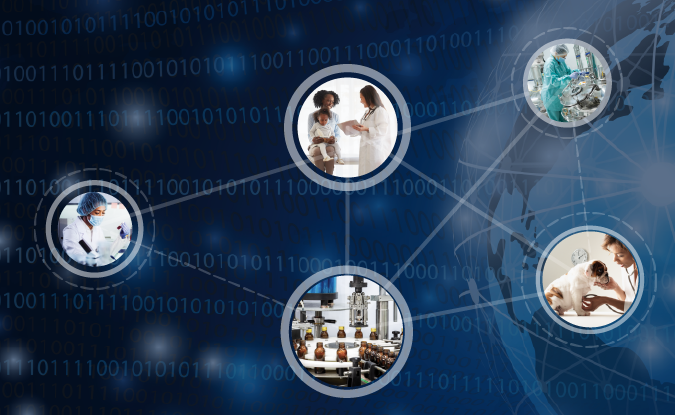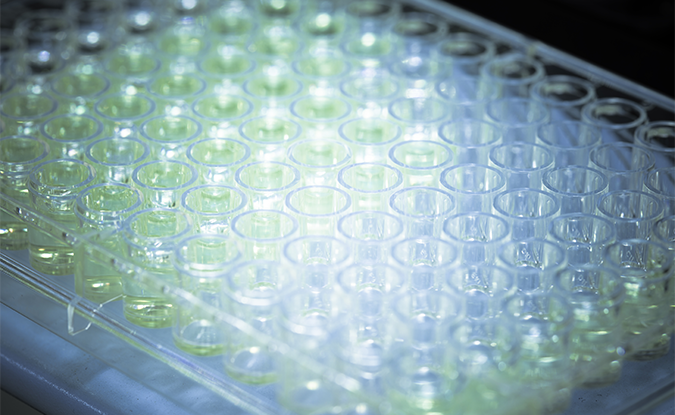The new normal. The phrase is not going away anytime soon, and yet the phrase is typically associated with negative connotations. Things are not the way they were pre-pandemic, and we’ve all had to evolve in our personal and professional lives. But it goes without saying that the “way it used to be” doesn’t mean it used to be all great. We all know the dreaded adage in a mature company that gets under our collective skin, stifling creativity and innovation, “that’s the way we’ve always done things.” While “that” may be true, that certainly doesn’t mean it was right.
Despite the devastation of the COVID-19 pandemic, many of us have witnessed bright spots. At the 2021 ISPE Annual Meeting & Expo, taking place in Boston this week, Robin Kumoluyi, VP & Chief Quality Officer at Johnson & Johnson since August 2019, gave an account of her perspective and the opportunities that the evolving “normal” has presented. It’s been said many times how risk-averse the pharma industry is, and on the continuum, quality control (QC) departments are by far the most conservative. But as a result of the pandemic, fear has had to be put aside, and change has had to be embraced. Illustrating how COVID-19 has completely flipped the script, Robin remarked that this was a long-awaited opportunity for the team at J&J, as they were now “provided the freedom to shrug off conservatism” and were “empowered to rethink [their] strategy and the role of innovation within the QC organization.” We don’t normally hear innovation and QC being used in the same sentence.
As we think about resiliency, supply and demand is more easily managed when the production environment is predictable and reliable. Throughout the educational sessions at this year’s ISPE, we’ve heard much about the benefits of moving from batch to continuous manufacturing for improved quality, throughput and yield (and we encourage you to stay tuned for future conversations on this topic). J&J was at the forefront of the continuous manufacturing movement with the 2016 approval of their HIV drug, DarunavirTM. Other initiatives that Robin cited as part of J&J’s Transformational Roadmap included innovations in clinical trials, putting the patient first through the use of Artificial Intelligence (AI) and real-world evidence to further R&D ideation, and for internal teams, using AI to aggregate data from Quality, Production and Suppliers to understand potential impact and to act on the insights for better decision-making. All of these initiatives are great examples of how even the most traditional departments can use the digital enablers that are so widely available today.
Another prevalent theme at this week’s meeting has been the supply chain challenges the pharma industry has experienced and how companies, big and small, have adapted with creativity and agility. Although “just-in-time production” and single-sourcing provided cost-savings pre-pandemic, the models failed once stressed by the competing needs to address the pandemic (diagnostic testing, prevention of spread, testing existing therapies as potential treatments and exploring vaccine development) and pre-existing demand for a range of medicines.
Nephron is an example of a company that pivoted to onshore manufacturing of supplies including single-use syringes to mitigate disruptions in supply. Interestingly, a tangible by-product of these initiatives for Nephron ties directly to their goals to serve their community by employing the local workforce on an as-needed basis for special projects and by providing practical training and experience to engineering students which in turn, affords them a competitive edge post-graduation. This is certainly a bright spot in the new normal.
ISPE 2021 has done an amazing job of fostering cutting-edge discussions around the many challenges we face with the manufacturing of new modalities or ATMPs (advanced therapy medicinal products) such as cell and gene therapy (CGT). Space requirements are one significant difference between traditional manufacturing versus that for CGT. For instance, Ramy Harik, Chief Manufacturing Officer from Nephron, showed an aerial photo of their 1,000,000 sq. ft. facility in South Carolina for traditional manufacturing. This contrasts with the discussion led by Marcia Steger from Moderna and Komal Hatti from IPS where Komal described a futuristic conference-sized CGT manufacturing setting on a hospital floor – and if not on-site, then in close proximity to the patients being served.
The differences in manufacturing go far beyond respective batch size and manufacturing footprint, with a range of considerations including scaling up, the impact on scheduling and open versus closed processing. A huge difference is the speed required for delivering an ATMP, especially when considering multi-tenant systems needed for efficient data sharing and collaboration. Parikshit Sanghavi from Cognizant suggested this was a viable use case for blockchain.
So, back to the new normal…or the normal as we know it now…and whatever is to come. As ISPE’s outgoing Chair, Joanne Barrick from Eli Lilly and Company, welcomed incoming ISPE Chair, Jörg Zimmermann from Vetter Pharma, she shared words of wisdom that, although we won’t be the same as pre-pandemic, we will evolve to a better paradigm, taking what we’ve learned from the past two years and not being afraid to apply it.
…although we won’t be the same as pre-pandemic, we will evolve to a better paradigm, taking what we’ve learned from the past two years and not being afraid to apply it.
- Joanne Barrick, Eli Lilly and Company, Chair ISPE
Imagine a world where we fully harness the power of digitalization to accelerate drug development. AI and machine learning are key. As Ramy Harik noted, it starts with data, with the goal of taking automation to the next level. The questions to consider are what data are being collected, how is it being used, how can it be used, how can knowledge be transferred and integrated, and how can automation enable improved communication between sites – all without any compromise on quality. Sean Manion, CSO from ConsenSys, asked what it will take to cut the time from 17 years to 17 hours, i.e. to get to a therapy 10,000X faster? As crazy as that might sound, if we don’t ask, how will we know?
Thank you to ISPE for a an informative, engaging Annual Meeting.
For more information on pharma at AspenTech visit our pharmaceuticals industry page.





Leave A Comment